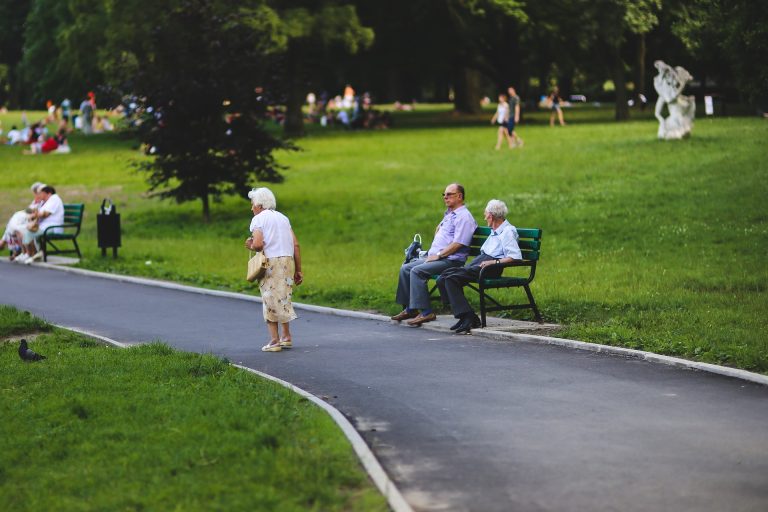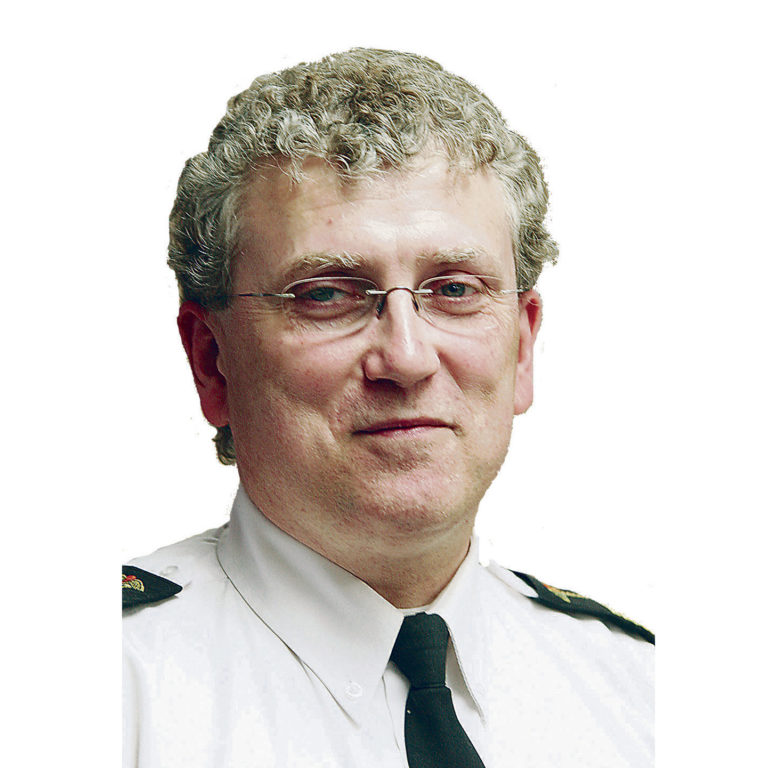It is two very exciting weeks. First it is National Public Safety Telecommunicators week. Second it is National Volunteer Week. National Public Safety Telecommunicators week recognizes all those who answer the call for help! We offer congratulations to public safety dispatchers at many other agencies in this province.
Our team of dedicated professional telecommunication specialists manage many facets of the medical communications and coordination in our centre here in the northern part of the province. Together with our colleagues in Saskatoon and Regina, the three centres share the provincial medical communication and coordination role.
Our team answers on average about 1,000 incidents per week in a highly choreographed and technologically advanced centre. When your call for medical assistance is received, the team works hard to send the right resources to you as quickly as possible
It might sound strange that someone has injured themselves at work and we are sending you the correct resource but think of it this way. We have distinct levels of paramedics providing different skills and the paramedics are not just at a station waiting for your call. The communications team correctly and accurately needs to coordinate getting you help quickly.
In the rural area other agencies like first responders, rural fire departments or RCMP might become involved due to the nature of the call. Everyone needs to be coordinated efficiently and effectively. Then major incidents like a tragedy on the James Smith Cree Nation taken even more resources to ensure the safe and efficient care of all. The role of our medical communications specialists can be a challenge. But our team with their training and professionalism is up for the challenge.
Oh, and we need you to know our team is not just dealing with one incident at a time. The old saying when it rains it pours is often true for our team. Paramedics in Prince Albert might be dealing with several incidents but so can the paramedics in Spiritwood, Melfort or Nipawin, all locations managed by our medical communications centre.
Our team of professionals are here to help. Their commitment to you is that you will receive prompt attention in a timely manner from professionals who care about you and want to do everything they can to help you in your time of need. Congratulations to the team at Parkland Ambulance Care Medical Communications and Coordination Centre.
You can help us help you by staying on the phone to answer questions but know once we know where you are help is on the way. Give clear directions to your emergency even if you are in an apartment building where one entrance is closer than another to your suite. If you are in the rural area directions to your home, difficult road conditions because of weather or flooding. Tell us if a bystander for example knows first aid and is able to help. All these things help us help you!
This week is also National Volunteer week. From street fairs to school classroom visits, the team at Parkland Ambulance Care engages in our community. We thank our many volunteers who offer their time in other ways such as volunteer coaches for a child’s hockey team. Caring is part of who we are professionals but giving back to our community is just as important. We are proud to be part of the community. Thank you Parkland Ambulance Paramedics and Telecommunicators for supporting the community. Be safe!



